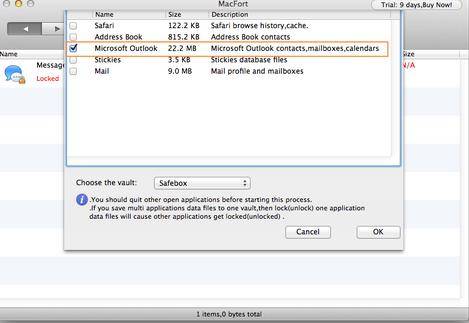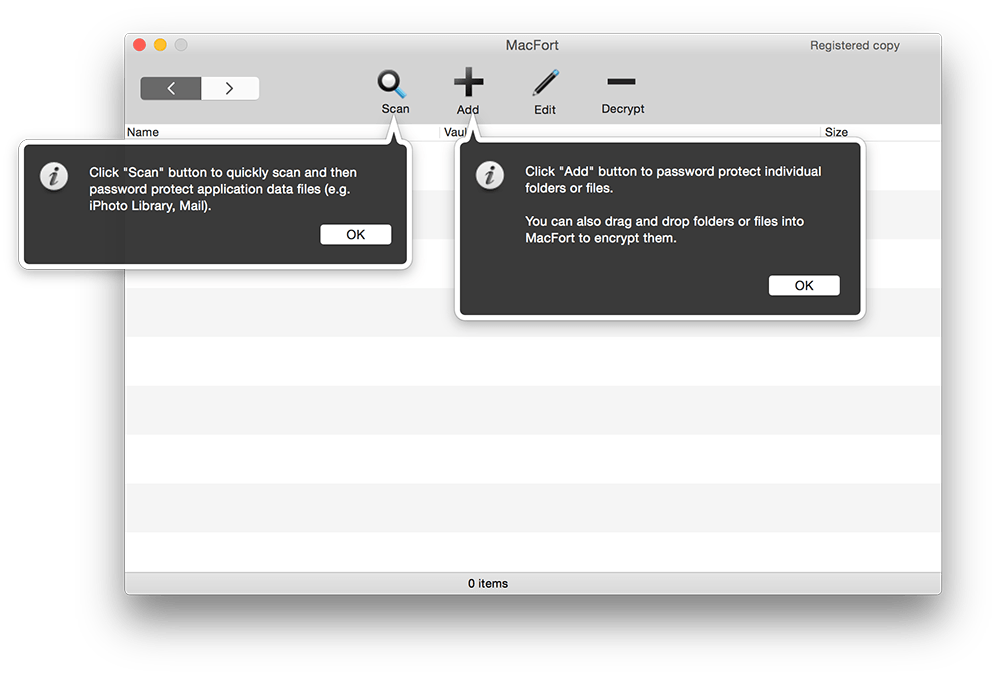

On OS X 10.11.1 the output diskutil cs list shows encryption progress as: So always make sure to plug it into mains power when performing this operation.

Here, only the most important information is listed.Īpparently decrypting an external disk is very slow (or even paused) if you use a laptop which is running on batteries. The actual Terminal output is nested and longer. Revertible: Yes (unlock and decryption required)Įncryption completed: Encryption Status: Unlocked During encryption: Encryption Status: Unlocked As a complement to the value of either field, (Unlocked) may be present if the volume encryption is currently unlocked. This entry will turn into an Encrypted entry, with values Yes or No. There is be a Conversion Status item in the Volume Family entry that will tell you if it's converting to an encrypted volume or not, and for a progress indicator, look under the Logical Volume entry for Size (Total) and Size (Converted) entries, to see how many GB have been converted so far.įor an APFS volume, the output is simpler: there will be an Encryption Progress entry with a percentage as a value (such as 16.0%).
#Macfort file encription password
With just 2 clicks, MacFort lets you password protect several built-in applications data on your Mac (Ex: Dropbox, Apple Mail, iPhoto Library, Outlook for Mac, Evernote. You will see an output listing at least one Logical Volume Group, with a Logical Volume Family and Logical Volume nested below. MacFort is an innovative utility which gives you the ability to easily encrypt and password protect individual files and folders, applications and their associated files. With APFS the FileVault setup utility also shows health and this status: fdesetup status Or with APFS starting with 10.13 diskutil apfs list FIXED: Various other fixes and improvements.Open up the Terminal and enter the command: diskutil cs list.IMPROVED: Better support for Dropbox and iPhoto.IMPROVED: More efficient to automatically lock a vault after idle.IMPROVED: Works better with OS X 10.10 Yosemite.That example and this example specify the same key. You can decrypt the file by using the symmetric decryption example in Decrypting Data.
#Macfort file encription code
MacFort is also completely compatible with Time Machine. Steps to encrypt using personal and institutional recovery key. If the code is successful, it creates an encrypted file named TestData.txt and displays the following text to the console: Console The file was encrypted. With this method, you can save a lot of hard disk space and your data will be protected, secure and recoverable in the event of loss, theft, or system failure. You can even put the encrypted vaults on an external drive or a network drive.

If you are using MacFort and your Mac becomes lost or is stolen, you know that no one else can read your confidential files. The user doesn’t have any direct interaction with the key, and the key never needs to be sent to anyone else. If you need to password lock individual files or folders, just add them to MacFort through our easy to use application interface, and MacFort will do the rest for you. The encryption is tied to the login identity of the user and the key is generated automatically and applied automatically. MacFort also allows you to encrypt and password protect individual folders and files. Additionally, MacFort will automatically close and lock your vaults as you exit your protected applications. Therefore, your important files will be completely inaccessible to anyone who does not know your vault password. When you open your favorite applications (e.g, Apple Mail), MacFort will prompt you for a password to open the vault - if the password is entered incorrectly, Mail will be prevented from accessing the email messages. Using AES 128-bit, or 256-bit encryption algorithms no one can open an encrypted vault without knowing the correct password. Mac computers offer FileVault, a built-in encryption capability, to secure all data at rest. MacFort will allow you to securely store your important files by creating password protected, encrypted vaults. With just 2 clicks, MacFort lets you password protect several built-in applications data on your Mac (Ex: Dropbox, Apple Mail, iPhoto Library, Outlook for Mac, Evernote, browser history, Contacts, chat history, or any individual files and folders you’d like to keep away from prying eyes. MacFort is an innovative utility which gives you the ability to easily encrypt and password protect individual files and folders, applications and their associated files.


 0 kommentar(er)
0 kommentar(er)
